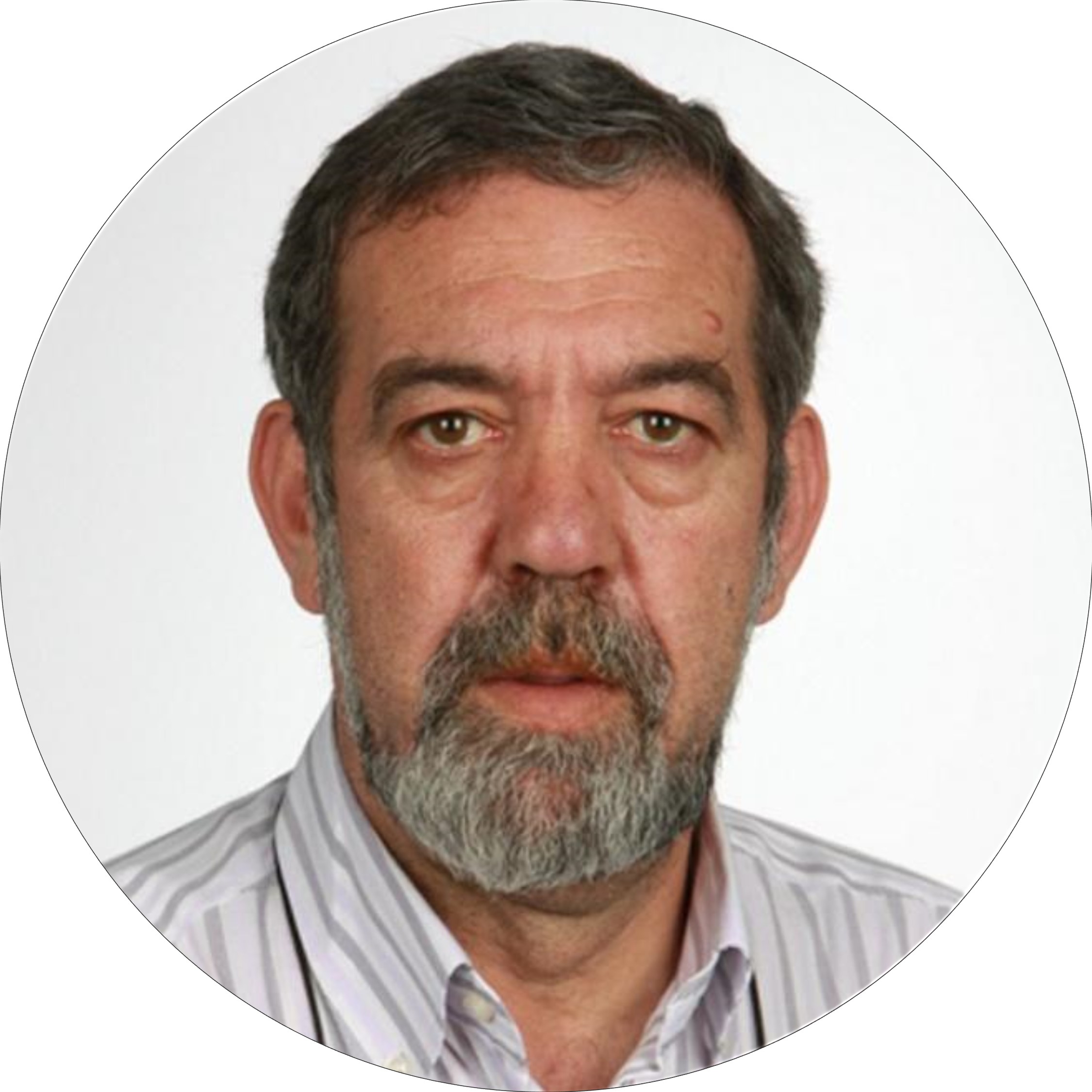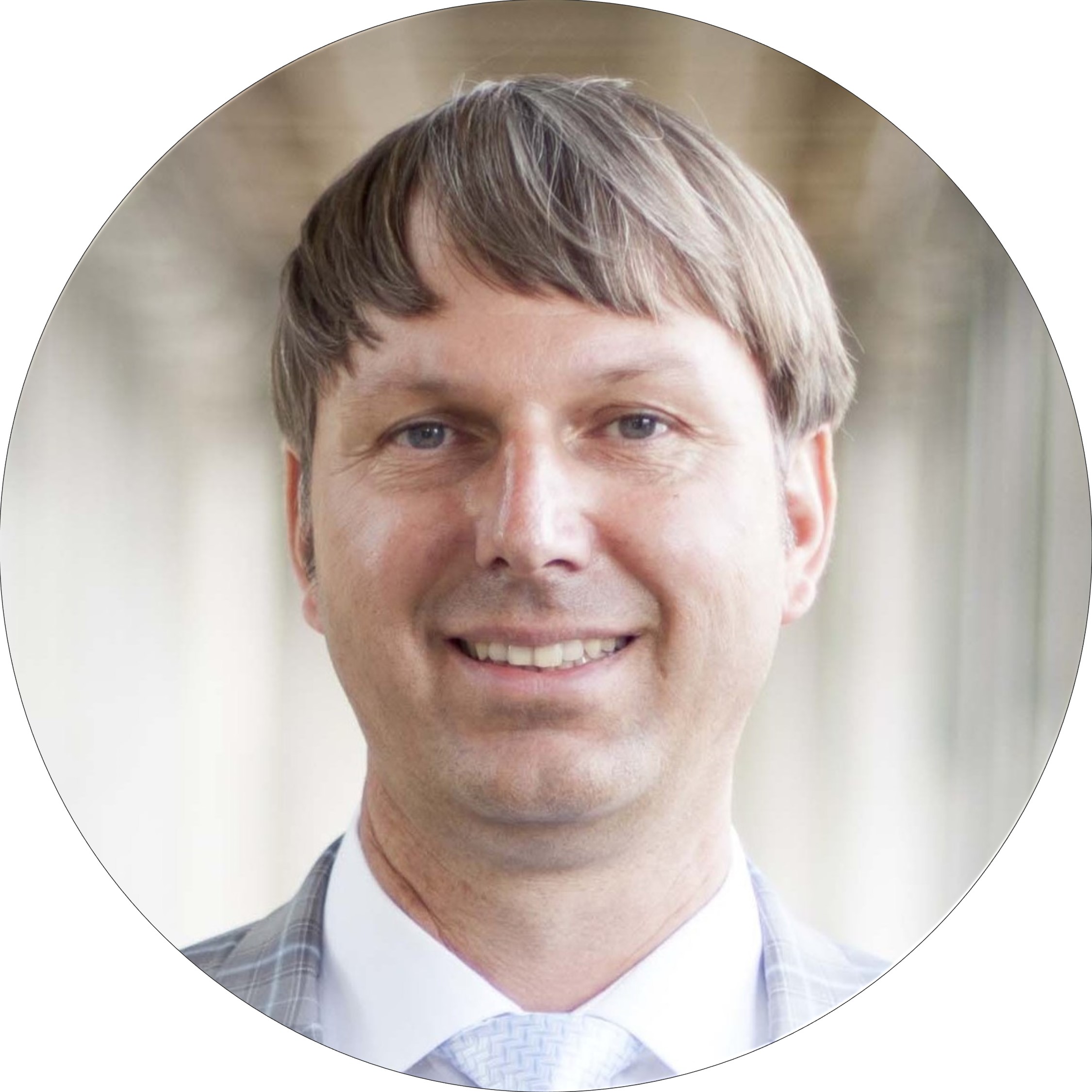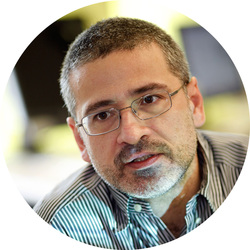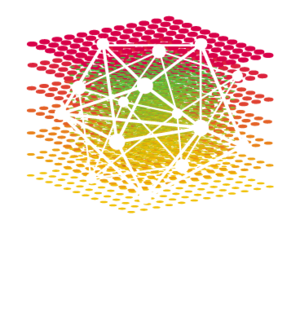KEYNOTE SPEAKERS

Marc BARTHÉLÉMY
CEA, France
This keynote is sponsored by MDPI Entropy
Challenges in spatial networks
Marc Barthelemy is a former student of the Ecole Normale Superieure of Paris. In 1992, he graduated at the University of Paris VI with a thesis in theoretical physics titled "Random walks in random media". After his thesis, he focused on disordered systems and their properties, and since 1992, he has held a permanent position at the CEA. Marc Barthelemy is now research director at the Institute of Theoretical Physics (IPhT) in Saclay and a member of the Center of Social Analysis and Mathematics (CAMS) at the Ecole des Hautes Etudes en Sciences Sociales (EHESS). His research interests moved towards applications of statistical physics to complex systems, complex networks, theoretical epidemiology, and spatial networks. Focusing on both data analysis and modeling with the tools of statistical physics, Marc Barthelemy is also working on various aspects of the emerging science of cities.
-
Graphs embedded in the physical space are relevant for many processes and applications in various fields, ranging from physics, epidemiology, geography to urbanism, transport planning, or biology. These networks can also serve as tools in spatial statistics and represent a new direction in this field. Characterizing and understanding the structure and the evolution of these spatial networks is thus crucial and has been the subject of many studies this last decade. In this talk, I will first review some of the main results and I will then discuss a selection of important challenges and research directions involving these objects.

Ginestra BIANCONI
Queen Mary University of London, UK
This keynote is sponsored by MDPI Entropy
Higher-order networks and their dynamics
Ginestra Bianconi is Professor of Applied Mathematics in the School of Mathematical Sciences of Queen Mary University of London and she is Alan Turing Fellow at the Alan Turing Institute. Currently she is Chief Editor of JPhys Complexity, Editor of PloSOne, and Scientific Reports, and she is Associate Editor of Chaos, Solitons and Fractals. In 2020 she was awarded the Network Science Fellowships by the NetSci Society. Her research activity on Statistical Mechanics and Network Science includes Network Theory and its interdisciplinary applications. She has formulated the Bianconi-Barabasi model that displays the Bose-Einstein condensation in complex networks. She has worked in network entropy and network ensembles and on dynamical processes on networks. In the last years, she has been focusing on multilayer networks, simplicial complexes, network geometry and topology, percolation and network control. She is the author of the book Multilayer Networks: Structure and Function by Oxford University Press.
-
Higher-order networks [1] describe the many-body interactions of a large variety of complex systems, ranging from the brain to collaboration networks and social contact networks. Simplicial complexes are generalized network structures which allow us to capture the combinatorial properties, the topology and the geometry of higher-order networks. In this talk we will show that simplicial complexes provide a very general mathematical framework to reveal how higher-order dynamics including synchronization and epidemic spreading depends on simplicial network topology. We will show that higher-order synchronization describing the dynamics of topological signals defined on link, triangles and higher-dimensional simplices is explosive [2-4] and we will show that this rich dynamics can have an important role for understanding brain rhythms. We will also show how epidemic spreading on higher-order networks [5] can take into account for time-dependent contacts due to co-location in space and how this modelling can help us understand the spreading dynamics of airborne diseases.
[1] G. Bianconi, Higher-order networks: An introduction to simplicial complexes (Cambridge University Press, 2021)
[2] Millán, A.P., Torres, J.J. and Bianconi, G., 2020. Explosive higher-order Kuramoto dynamics on simplicial complexes. Physical Review Letters, 124(21), p.218301.
[3] Ghorbanchian, R., Restrepo, J.G., Torres, J.J. and Bianconi, G., 2021. Higher-order simplicial synchronization of coupled topological signals. Communications Physics, 4(1), pp.1-13.
[4] Calmon, L., Restrepo, J.G., Torres, J.J. and Bianconi, G., 2021. Topological synchronization: explosive transition and rhythmic phase. arXiv preprint arXiv:2107.05107.
[5] St-Onge, G., Sun, H., Allard, A., Hébert-Dufresne, L. and Bianconi, G., 2021. Universal nonlinear infection kernel from heterogeneous exposure on higher-order networks. arXiv preprint arXiv:2101.07229.

João GAMA
University of Porto, Portugal
Mining Evolving Large-Scale Networks
João Gama is a Full Professor at the School of Economics, University of Porto, Portugal. He received his Ph.D. in Computer Science from the University of Porto in 2000. He is EurIA Fellow, IEEE Fellow, and member of the board of directors of the LIAAD, a group belonging to INESC Porto. His h-index at Google Scholar is 58. He is an Editor of several top-level Machine Learning and Data Mining journals. He has been ACM Distinguish Speaker. He served as Program Chair of ECMLPKDD 2005, DS09, ADMA09, EPIA 2017, DSAA 2017, served as Conference Chair of IDA 2011, ECMLPKDD 2015, DSAA’2021, and a series of Workshops on KDDS and Knowledge Discovery from Sensor Data with ACM SIGKDD. His main research interests are in knowledge discovery from data streams, evolving data, probabilistic reasoning, and causality. He published more than 300 reviewed papers in journals and major conferences. He has an extensive list of publications in data stream learning.
-
Social networks are live entities that exhibit dynamic behavior over time. Phone calls, emails, SMS, etc., define implicit, huge, and high-speed networks. In this talk, we described our work in analyzing evolving networks. We discuss three case studies. The first case study presents a method to identify community trajectories and events on communities (growing, shrinking, merges, and splits) and explain those events in terms of the topology of the evolving network—the second use case studies sampling strategies from high-speed evolving networks. In the third case study, we monitor the evolution of communities in a network of hashtags co-occurrence in social media. To conclude, we present open issues and challenges that emerge when analyzing high-speed and huge networks.

Dirk HELBING
ETH Zürich, Switzerland
How Networks Can Change Everything for Better or for Worse
Dirk Helbing is Professor of Computational Social Science at the Department of Humanities, Social and Political Sciences and affiliate of the Computer Science Department at ETH Zurich. In January 2014 Prof. Helbing received an honorary PhD from Delft University of Technology (TU Delft). Since June 2015 he is affiliate professor at the faculty of Technology, Policy and Management at TU Delft, where he leads the PhD school in "Engineering Social Technologies for a Responsible Digital Future". Dirk Helbing started as a physicist. With his diploma thesis, he initiated the area of pedestrian, crowd, and evacuation modeling and simulation. During his PhD and habilitation in physics, he helped to establish the fields of socio-, econo- and traffic physics. He was also co-founder of the Physics of Socio-Economic Systems Division of the German Physical Society (DPG). The work of Prof. Helbing is documented by hundreds of media reports and publications, among them more than 10 papers in Nature, Science, and PNAS. He won various prizes, including the Idee Suisse Award. He co-founded the Competence Center for Coping with Crises in Complex Socio-Economic Systems, the Risk Center, the Institute for Science, Technology and Policy (ISTP) and the Decision Science Laboratory (DeSciL). While coordinating the FuturICT initiative (www.futurict.eu), he helped to establish data science and computational social science in Europe, as well as global systems science.
-
Complexity science has been studying the result of dynamical and network interactions in multi-agent systems for a long time. This work has revealed many intriguing relationships between structure, function, and dynamics. By now, it is known that the interaction mechanisms and the network structure can decide about success or failure, disease or disaster. I will present examples from logistics to economics, from game theory to society, and from traffic light control to pandemics to illustrate how changing the network structure and interactions can make all the difference between paradies and hell.

Yizhou SUN
UCLA, USA
This keynote is jointly sponsored by Springer (Applied Network Science, EPJ Data Science, and Social Network Analysis and Mining) Lecture
Graph-based Neural ODEs for Learning Dynamical Systems
Yizhou Sun is an associate professor at department of computer science of UCLA. She received her Ph.D. in Computer Science from the University of Illinois at Urbana-Champaign in 2012. Her principal research interest is on mining graphs/networks, and more generally in data mining, machine learning, and network science, with a focus on modeling novel problems and proposing scalable algorithms for large-scale, real-world applications. She is a pioneer researcher in mining heterogeneous information network, with a recent focus on deep learning on graphs/networks. Yizhou has over 150 publications in books, journals, and major conferences. Tutorials of her research have been given in many premier conferences. She is a recipient of Best Student Paper Award, ACM SIGKDD Doctoral Dissertation Award, Yahoo ACE (Academic Career Enhancement) Award, NSF CAREER Award, CS@ILLINOIS Distinguished Educator Award, Amazon Research Awards (twice), and Okawa Foundation Research Award.
-
Many real-world systems, such as moving planets, can be considered as multi agent dynamical systems, where objects interact with each other and co-evolve along with the time. Such dynamics is usually difficult to capture. Understanding and predicting the dynamics based on observed trajectories of objects become a critical research problem in many domains. In this talk, we propose to treat dynamical systems as evolving graphs, and design graph neural network (GNN)-based ODEs to approximate system dynamics via the observed signals. In particular, we provide solutions to two challenging scenarios. First, we propose to learn system dynamics from irregularly-sampled partial observations with underlying graph structure. To tackle the above challenge, we present LG-ODE, a latent ordinary differential equation generative model for modeling multi-agent dynamical system with known graph structure, which is the first Graph ODE model in this direction. Second, we propose to learn system dynamics where both node features and edges are evolving. We present a dual Graph ODE, CG-ODE, where both node and edge dynamics are modeled. Experiments on motion capture, spring system, charged particle datasets, COVID-19, and simulated social dynamical systems demonstrate the effectiveness of our approaches.

Alessandro VESPIGNANI
Northeastern University, USA
This keynote is jointly sponsored by Springer (Applied Network Science, EPJ Data Science, and Social Network Analysis and Mining) Lecture
Computational Epidemiology at the time of COVID-19
Dr. Vespignani is the Director of the Network Science Institute and Sternberg Family Distinguished University Professor with interdisciplinary appointments in the College of Computer and Information Science, College of Science, and the Bouvé College of Health Sciences at Northeastern University. His research interests include complex systems and networks, and the data-driven computational modeling of epidemics.
-
The data science revolution is finally enabling the development of large-scale data-driven models that provide real- or near-real-time forecasts and risk analysis for infectious disease threats. These models also provide rationales and quantitative analysis to support policy-making decisions and intervention plans. At the same time, the non-incremental advance of the field presents a broad range of challenges: algorithmic (multiscale constitutive equations, scalability, parallelization), real-time integration of novel digital data streams (social networks, participatory platform, human mobility etc.). I will review and discuss recent results and challenges in the area, and focus on ongoing work aimed at responding to the COVID-19 pandemic.
